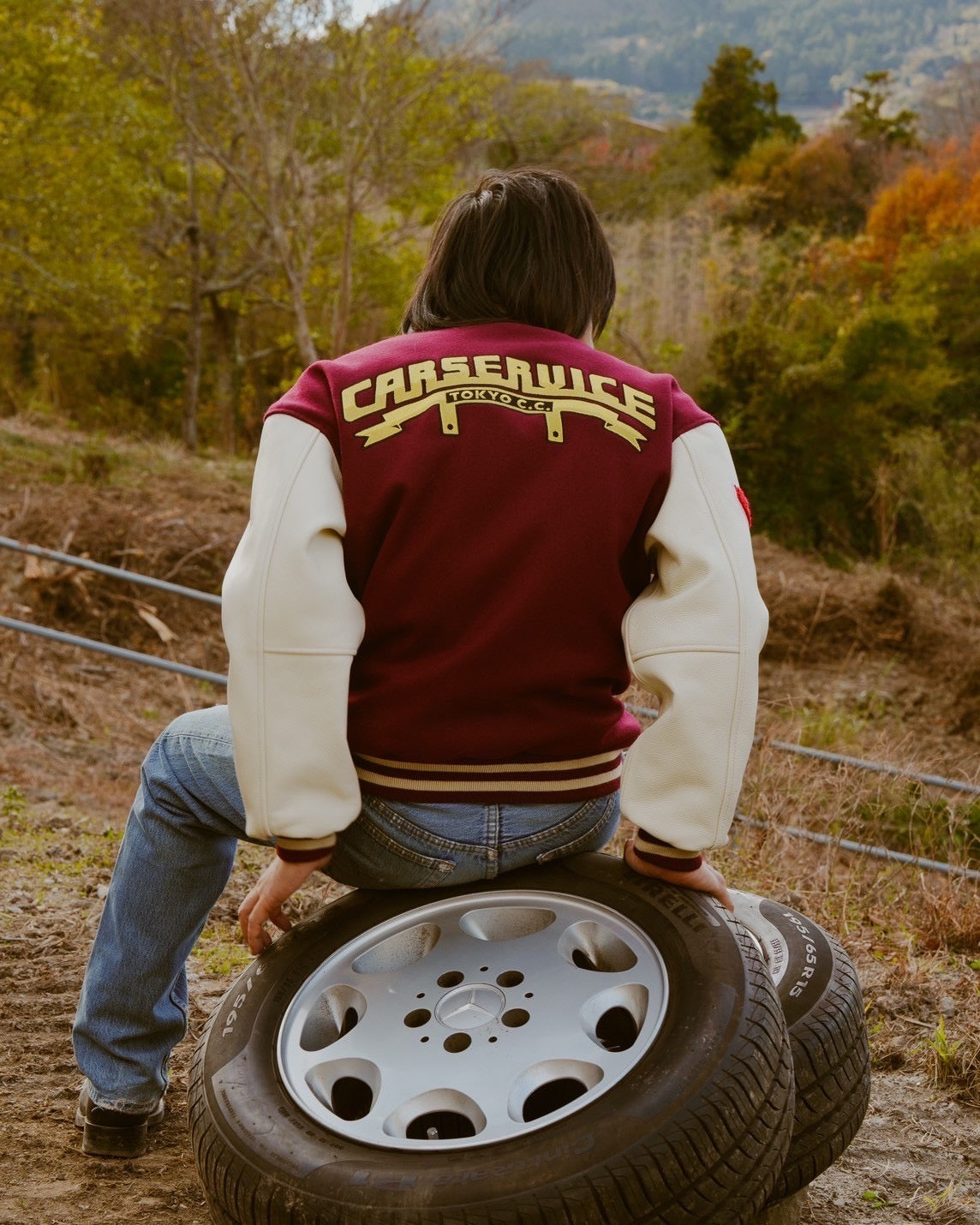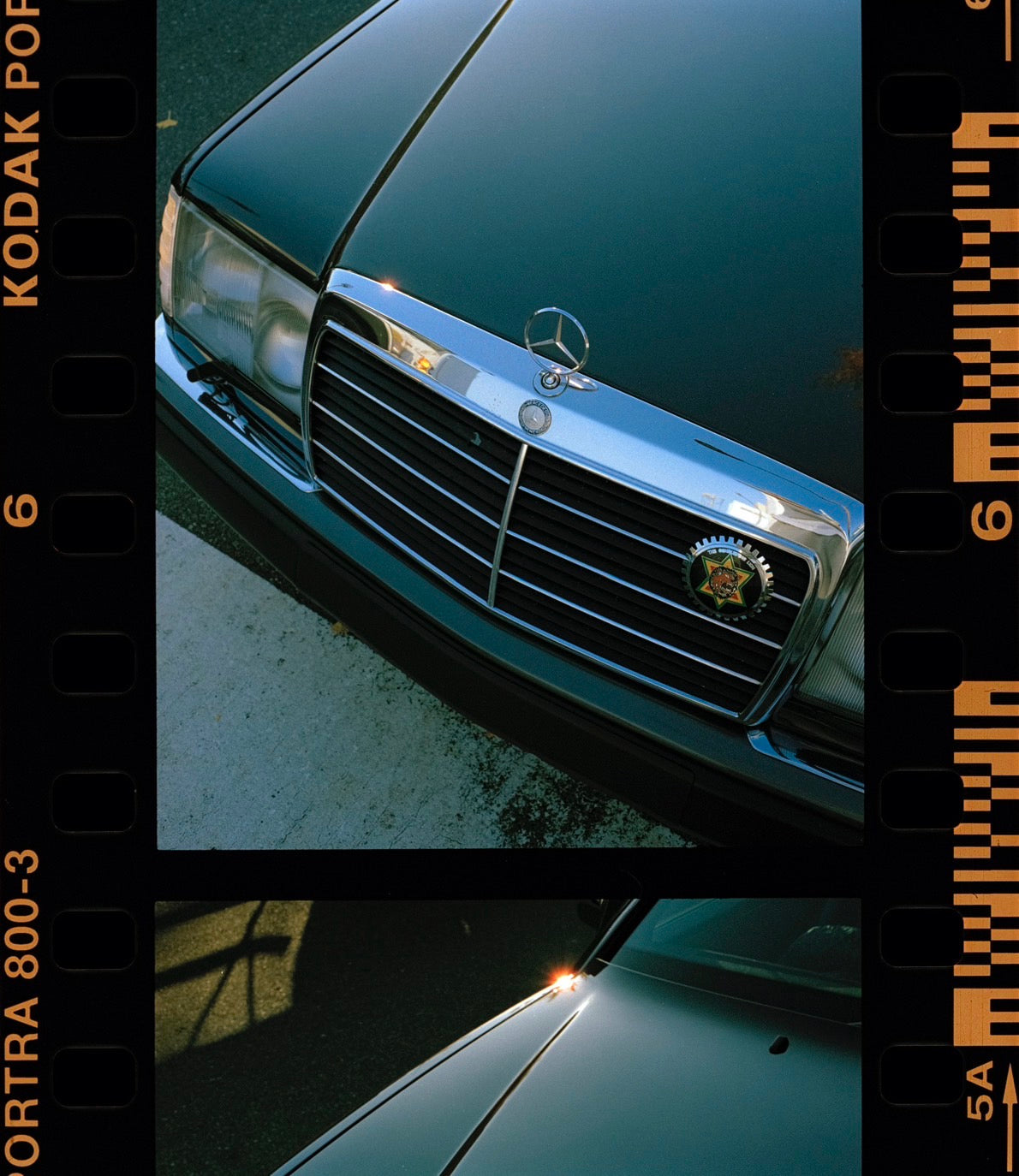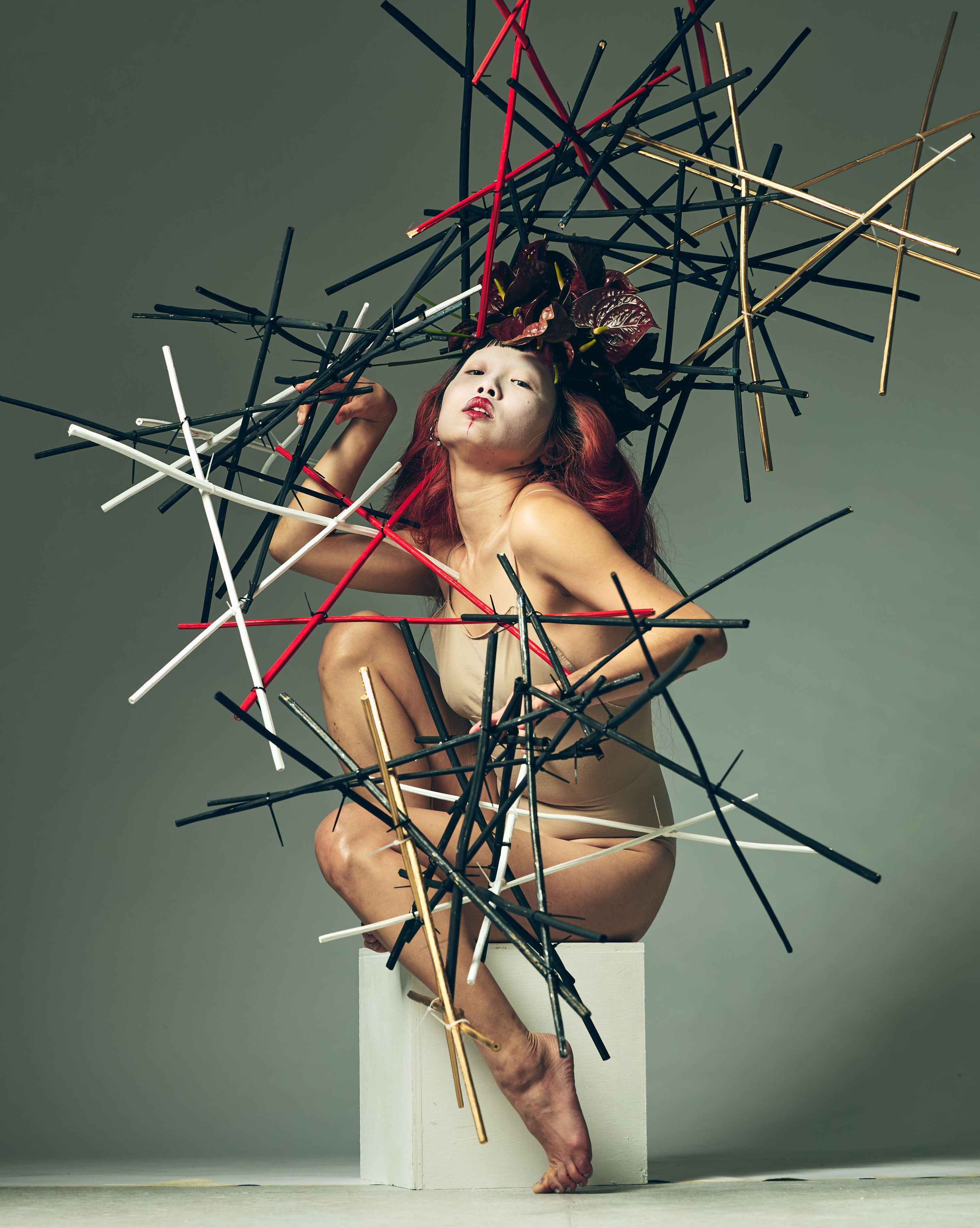KEI HASHIMOTO
ARTIST
"The Aesthetic Engine"
Kei doesn’t just look at cars—he sees worlds. Through CarService, his genre-bending visual project, transforms automobile culture into an ongoing narrative about identity, memory, and the architecture of rebellion. “It's not just about the car,” Kei says. “It’s about how far you can push the expression of it.” Raised in Japan, Kei’s first love wasn’t the sleek lines of JDM tuners or the rigid discipline of industrial design—it was the low-slung, chrome-heavy fantasy of American lowriders and hot rods. A love passed down from his father. That early influence bled into his imagination, fusing with the hyperlocal chaos of Japan’s bosozoku and kaido racer subcultures.

PROLOGUE
Japanese lowrider clubs, from CarService to The Majestics, Pharaohs, adapt an American subculture through the lens of precision and pride. Emerging in the late 20th century, these groups blend meticulous craftsmanship with communal ritual, where chrome, hydraulics, and paint become extensions of identity. Membership is tightly bound by loyalty and discipline, and each car serves as both artwork and declaration. Gatherings are less spectacle than ceremony, honoring lineage and brotherhood while transforming the streets into moving exhibitions of dedication, detail, and shared spirit.
Kei doesn’t just look at cars—he sees worlds. Through CarService, his genre-bending visual project, he transforms automobile culture into an ongoing narrative about identity, memory, and the architecture of rebellion.

“Between the aesthetics of kaido racers and lowriders; both are about rebellion, but also about beauty.”
What emerged was a unique artistic perspective: a visual language that treats cars not only as cultural artifacts, but as canvases. “I was drawn to how much overlap there is,” he says, “between the aesthetics of kaido racers and lowriders. Both are about rebellion, but also about beauty.”
Kei speaks of detail obsessively—not the utilitarian kind, but the kind that borders on poetic compulsion. The curve of a fender. The placement of a decal. The ritual of driving as a performance. In his work, the mechanical becomes expressive, even spiritual. He’s not interested in performance specs. He’s interested in devotion.
Through CarService, Kei captures this ethos across mediums—photography, video, installation, apparel. Each project feels like a transmission from a parallel world: a Tokyo imagined through VHS haze, print ad saturation, and the endless glow of tail lights.
“I started it because I wanted to see how far I could stretch what this could be."
But for all its cool surfaces, there’s intimacy beneath the aesthetic. Kei talks about the tension between individual vision and community: the push to honor tradition while also warping it, subverting it. In his words, CarService is not just an art project—it’s a platform to expand the culture on his own terms.
“I started it because I wanted to see how far I could stretch what this could be. How much culture could grow out of a single car... or a single idea?”
What’s most compelling about Kei’s work is its emotional undertow. It’s easy to focus on the visuals—the slickness, the style—but at its core is a deeply personal archive: of childhood fascination, of family influence, of evolving masculinity and belonging. Like a meticulously built custom car, Kei’s project is both sculpture and vessel. It carries stories. It invites you to ride along, to listen closely to the engine beneath the visuals. Because if you pay attention, you’ll realize: this isn’t just about cars.This is about motion. About memory. About meaning, built and rebuilt, until it gleams.
“How much culture could grow out of a single car... or a single idea?”
“It's not just about the car, it’s about how far you can push the expression of it.”
NEXT ARTIST

IKEBANIST

EDO KIRIKO

RESTORATION
TOMOHIRO NAITO



















